Home>diy>Planning & Engineering>What Are The Benefits Of Being A Landscape Architect


Planning & Engineering
What Are The Benefits Of Being A Landscape Architect
Modified: October 20, 2024
Discover the advantages of pursuing a career in landscape architecture and learn about the benefits of being a landscape architect, including opportunities for planning and engineering.
(Many of the links in this article redirect to a specific reviewed product. Your purchase of these products through affiliate links helps to generate commission for Storables.com, at no extra cost. Learn more)
Introduction
Lorem ipsum dolor sit amet, consectetur adipiscing elit. Sed ut sollicitudin elit. Vestibulum ante ipsum primis in faucibus orci luctus et ultrices posuere cubilia curae; Proin efficitur nunc ut risus faucibus, non dignissim lectus pellentesque. Nunc condimentum mollis pulvinar. Phasellus venenatis magna quis bibendum finibus. Donec interdum urna eget sagittis interdum. Phasellus maximus odio sed ex dapibus, sed elementum dui finibus. Nullam tempor, felis vitae pharetra semper, arcu tellus fringilla nulla, eu sagittis nunc elit sed neque. Sed quis ligula eu tortor aliquam rutrum.
Curabitur nibh justo, feugiat vel leo vel, venenatis dapibus arcu. Nulla facilisi. Suspendisse potenti. Sed ullamcorper diam nec leo aliquet, nec cursus eros feugiat. Nam maximus felis id interdum cursus. Etiam tincidunt efficitur efficitur. Sed lobortis turpis nunc, a interdum nibh facilisis a. Vestibulum molestie justo purus, euismod scelerisque nisi sagittis a.
Maecenas vel convallis augue. In hac habitasse platea dictumst. Ut auctor dictum nibh ut ullamcorper. Suspendisse maximus gravida lorem vel tristique. Fusce ac metus nibh. Nulla facilisi. Curabitur ut ex sodales, bibendum ligula ac, consectetur purus. Quisque porttitor, risus at dignissim pharetra, mauris urna suscipit purus, nec semper nunc purus bibendum ipsum. Donec sagittis condimentum porttitor.
Key Takeaways:
- Landscape architects have the unique opportunity to unleash their creativity and design skills, transforming ordinary spaces into stunning and functional outdoor environments that enhance the natural beauty of the surroundings.
- The field of landscape architecture offers a promising job outlook, with steady growth in demand for skilled professionals. It provides opportunities for creativity, collaboration, and making a positive impact on the environment.
Education and Training
Becoming a landscape architect requires a combination of education and practical training. Most professionals in this field hold a bachelor’s or master’s degree in landscape architecture, which typically includes coursework in design principles, horticulture, ecology, and site planning.
During their studies, aspiring landscape architects gain valuable knowledge and skills in areas such as urban planning, sustainable design, and environmental conservation. They learn to create functional and visually appealing outdoor spaces that consider factors like terrain, climate, and the needs of the community.
In addition to academic coursework, students also engage in hands-on training through internships or cooperative programs. These experiences allow them to apply their knowledge in real-world settings and develop practical skills in areas like drafting, computer-aided design (CAD), and project management.
After completing their formal education, aspiring landscape architects can pursue licensure by passing the Landscape Architect Registration Examination (LARE). Licensure requirements vary by state, but typically include a combination of education, work experience, and passing the exam.
Continuing education is also important in this field, as it allows professionals to stay updated on the latest trends, technologies, and best practices in landscape architecture. Many states require licensed landscape architects to participate in continuing education courses to maintain their licensure.
Overall, the education and training required to become a landscape architect provide individuals with a solid foundation in design principles, environmental stewardship, and project management. This knowledge and skill set enable landscape architects to create innovative and sustainable outdoor spaces that enhance the quality of life for communities and promote environmental sustainability.
Creativity and Design
One of the most appealing aspects of being a landscape architect is the opportunity to unleash your creativity and design skills. Landscape architects have the unique ability to transform ordinary spaces into stunning and functional outdoor environments.
With their expertise in design principles, landscape architects can create visually appealing landscapes that blend harmoniously with the surrounding natural elements and built structures. They carefully consider factors such as color, texture, scale, and proportion to create balanced and aesthetically pleasing designs.
Whether it’s designing a public park, a residential garden, or a corporate campus, landscape architects have the flexibility to bring their creative vision to life. They work closely with clients to understand their needs and preferences, and then translate those into innovative designs that meet both functional and aesthetic requirements.
Moreover, landscape architects often have the opportunity to incorporate sustainable and environmentally-friendly elements into their designs. This could include features like green roofs, rain gardens, and native plantings, which not only enhance the beauty of the space but also promote ecosystem health and conserve natural resources.
Furthermore, landscape architects have the chance to experiment with various materials, plants, and structures to create unique and inspiring landscapes. They can integrate elements like water features, sculptures, seating areas, and pathways to enhance the overall design and user experience.
The creative process of landscape architecture involves brainstorming ideas, sketching concepts, and refining designs based on feedback and client preferences. This iterative approach allows landscape architects to continuously improve and refine their designs to achieve the best possible outcome.
Overall, the field of landscape architecture provides a perfect platform for individuals to express their creativity and design skills. It offers the opportunity to create beautiful and functional outdoor spaces that have a lasting impact on people’s lives and the environment.
Outdoor Work Environment
One of the major advantages of being a landscape architect is the opportunity to work outdoors. Unlike many other professions that are office-bound, landscape architects get to enjoy the natural environment as their workplace.
Working outdoors allows landscape architects to connect with nature and gain inspiration from the surrounding landscapes. They have the chance to experience different weather conditions, seasonal changes, and the ever-changing beauty of the outdoors.
Whether it’s visiting project sites to conduct site analysis or overseeing the construction of landscape designs, landscape architects get to spend a significant amount of time working outside. This exposure benefits both their physical and mental well-being.
Being outdoors also allows landscape architects to truly understand the context and challenges of the sites they are working on. They can observe the existing natural elements, topography, and surrounding structures, enabling them to design landscapes that seamlessly integrate with the surroundings.
Working outdoors can also be physically engaging, as landscape architects may need to survey and measure landscapes, plant trees and plants, and oversee the installation of various landscape elements. This hands-on work provides a sense of fulfillment and allows for a more holistic understanding of the design and construction process.
While working outdoors has its advantages, it is important to note that landscape architects also spend a significant amount of time in their offices conducting research, creating designs, and collaborating with clients and colleagues. This balance between indoor and outdoor work ensures a well-rounded professional experience.
Overall, the outdoor work environment in landscape architecture provides a refreshing change of pace from traditional office jobs. It allows landscape architects to connect with nature, gain inspiration, and create designs that enhance the natural beauty of the surroundings.
Variety of Projects
One of the exciting aspects of being a landscape architect is the wide range of projects that they can work on. From small residential gardens to large-scale urban developments, landscape architects get the opportunity to work on diverse and unique projects.
Residential projects allow landscape architects to create personalized and intimate outdoor spaces for homeowners. They can design beautiful gardens, luxurious patios, and serene water features that reflect the individual preferences and lifestyle of the clients.
Commercial projects, such as parks, plazas, and retail complexes, provide landscape architects with the chance to shape public spaces that are both functional and visually appealing. They can create inviting outdoor areas that promote social interaction, relaxation, and community engagement.
Infrastructure projects, such as highways, airports, and transportation hubs, also require the expertise of landscape architects. They play a crucial role in incorporating green spaces, buffer zones, and aesthetic elements that enhance the overall design and mitigate the environmental impact of these projects.
Institutional projects, such as schools, hospitals, and universities, provide landscape architects with the opportunity to create outdoor environments that encourage learning, healing, and well-being. They can design campuses that integrate seamlessly with the surrounding natural landscape and provide functional spaces for various activities.
Furthermore, landscape architects can also work on large-scale master planning projects, where they contribute to shaping the future of entire communities or regions. They can develop sustainable and resilient landscapes that provide a sense of place, promote environmental stewardship, and enhance quality of life for residents.
The variety of projects that landscape architects work on not only offers a diverse range of experiences but also allows them to continuously learn and develop new skills. Each project presents its own unique challenges and requires innovative solutions, keeping the work interesting and fulfilling.
Overall, the variety of projects in landscape architecture ensures that no two days are the same. Landscape architects have the opportunity to make a lasting impact on the built environment by creating beautiful, functional, and sustainable landscapes that cater to the needs and aspirations of the communities they serve.
When discussing the benefits of being a landscape architect, be sure to highlight the opportunities for creativity, the potential for environmental impact, and the ability to work on a variety of projects.
Impact on the Environment
As stewards of the natural environment, landscape architects have a significant impact on the way we interact with and protect our ecosystems. They play a critical role in designing landscapes that promote environmental sustainability, conserve resources, and enhance biodiversity.
One of the key ways in which landscape architects contribute to the environment is through the use of sustainable design practices. They prioritize the use of native plants that require less water and maintenance, reducing the need for irrigation and chemical fertilizers. This not only conserves water resources but also helps to support local ecosystems and wildlife habitats.
Landscape architects are also at the forefront of incorporating green infrastructure into their designs. They integrate features like green roofs, rain gardens, and permeable paving systems to reduce stormwater runoff and prevent water pollution. These practices help to mitigate flooding, improve water quality, and replenish groundwater reserves.
Furthermore, landscape architects prioritize the preservation and restoration of natural areas. They work to protect existing natural features and create new green spaces that enhance biodiversity and provide habitats for indigenous plants and wildlife. This contributes to the overall health and resilience of ecosystems.
Another way in which landscape architects impact the environment is through the promotion of sustainable land use planning. They consider factors such as land conservation, urban heat island mitigation, and energy efficiency when designing landscapes. This leads to the creation of more sustainable and resilient communities that minimize their carbon footprint.
In addition, landscape architects advocate for the use of renewable energy sources and the integration of energy-efficient technologies in their designs. They consider factors such as solar orientation and natural ventilation to maximize energy efficiency and reduce the reliance on non-renewable energy sources.
By incorporating these sustainable design principles and practices, landscape architects have the power to positively impact our environment. They have the ability to create landscapes that not only provide functional and aesthetically pleasing spaces but also contribute to the preservation and restoration of our natural ecosystems.
Collaboration and Communication
Successful landscape architecture projects require effective collaboration and communication between various stakeholders. Landscape architects have the unique opportunity to work with diverse teams, including clients, architects, engineers, and contractors, to bring their designs to life.
Collaboration begins with understanding the client’s vision, needs, and goals for the project. By actively listening and engaging in open dialogue, landscape architects can ensure that their designs align with the client’s expectations.
Landscape architects often collaborate closely with architects and engineers to integrate their designs with the overall site plan and building design. This collaborative effort ensures a cohesive and harmonious relationship between the built environment and the surrounding landscape.
Effective communication is crucial for landscape architects to convey their design ideas and concepts to clients and other team members. They use visual tools such as sketches, renderings, and computer-aided design (CAD) models to help stakeholders visualize the final outcome.
In addition, landscape architects communicate with contractors during the construction phase to ensure that designs are implemented accurately. They provide detailed drawings and specifications, address any challenges that may arise, and collaborate on problem-solving to ensure the project progresses smoothly.
Collaboration and communication extend beyond the immediate project team. Landscape architects often engage with local communities and stakeholders to gather input and incorporate their feedback into the design process. This collaborative approach ensures that the final design meets the needs and aspirations of the people who will be using the space.
Furthermore, landscape architects may also collaborate with environmental scientists, ecologists, and other experts to incorporate sustainable and environmentally responsible design practices into their projects. This interdisciplinary collaboration enriches the design process and results in more holistic and impactful landscapes.
Overall, landscape architecture is a field that relies heavily on effective collaboration and communication. Through close collaboration with clients, architects, engineers, contractors, and the community, landscape architects can create designs that are not only aesthetically pleasing but also functional, sustainable, and responsive to the needs of all stakeholders.
Job Outlook and Salary
The job outlook for landscape architects is promising, with steady growth in demand for their expertise. As the focus on sustainable design and outdoor spaces continues to increase, the need for skilled landscape architects is expected to grow.
According to the U.S. Bureau of Labor Statistics, the employment of landscape architects is projected to grow 4% from 2019 to 2029, which is about as fast as the average for all occupations. This growth is driven by factors such as population growth, urban development, and the increasing importance of sustainable and green design.
Landscape architects can find employment opportunities in a variety of sectors, including architectural and engineering firms, landscape design companies, government agencies, and construction companies. They may also choose to work as independent consultants or start their own landscape architecture firms.
When it comes to salary, the compensation for landscape architects can vary based on factors such as experience, location, and type of employer. According to the Bureau of Labor Statistics, the median annual wage for landscape architects was $73,160 in May 2020.
However, it is important to note that with experience and expertise, landscape architects have the potential to earn higher salaries. Those who have established themselves as leaders in the field, have a strong portfolio, and have a track record of successful projects may command higher pay rates.
Additionally, pursuing advanced education, such as a master’s degree or specialized certifications, can also increase earning potential. Continuous professional development and staying updated with the latest industry trends can help landscape architects advance in their careers and potentially earn higher salaries.
Overall, the job outlook for landscape architects is promising, and the compensation can be rewarding. The field offers opportunities for growth, creativity, and making a positive impact on the environment, making it an attractive career choice for individuals with a passion for design and the outdoors.
Conclusion
Becoming a landscape architect offers a range of benefits and opportunities that make it an appealing career choice. Through a combination of education, creativity, and a passion for the environment, landscape architects have the ability to create beautiful and sustainable outdoor spaces that have a positive impact on people’s lives.
The education and training required for landscape architecture equip professionals with the knowledge and skills to design functional and visually appealing landscapes. With a solid foundation in design principles, environmental stewardship, and project management, landscape architects can bring their creative vision to life and transform ordinary spaces into extraordinary ones.
Working outdoors allows landscape architects to connect with nature and gain inspiration from the surrounding landscapes. Whether designing residential gardens, commercial developments, or large-scale master plans, landscape architects have the flexibility to shape the environment and create spaces that promote social interaction, environmental sustainability, and well-being.
Furthermore, the impact of landscape architects extends beyond aesthetics. By integrating sustainable design practices, conserving natural resources, and promoting biodiversity, landscape architects play a crucial role in protecting and enhancing the environment. Their work contributes to the well-being of communities and supports the preservation of our ecosystems.
Effective collaboration and communication are fundamental to the success of landscape architecture projects. By working closely with clients, architects, engineers, and contractors, landscape architects ensure that their designs meet the needs and expectations of all stakeholders. This collaborative approach creates cohesive and impactful designs that stand the test of time.
The job outlook for landscape architects is positive, with steady growth in demand for their skills and expertise. As the importance of sustainable design and outdoor spaces continues to rise, landscape architects have a unique opportunity to make a meaningful impact and contribute to the betterment of our built and natural environments.
In conclusion, being a landscape architect offers the chance to blend artistry, science, and environmental consciousness. It is a fulfilling and rewarding profession that allows individuals to combine their passion for design, nature, and community to create landscapes that inspire, improve quality of life, and leave a lasting legacy.
Frequently Asked Questions about What Are The Benefits Of Being A Landscape Architect
Was this page helpful?
At Storables.com, we guarantee accurate and reliable information. Our content, validated by Expert Board Contributors, is crafted following stringent Editorial Policies. We're committed to providing you with well-researched, expert-backed insights for all your informational needs.
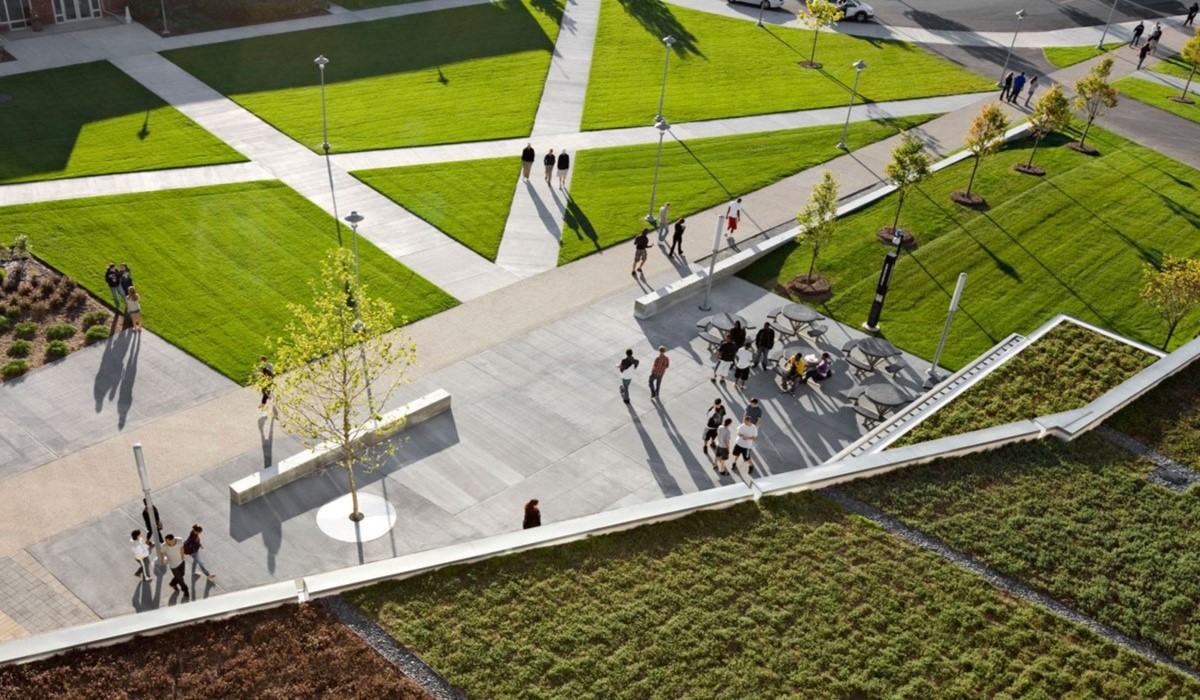
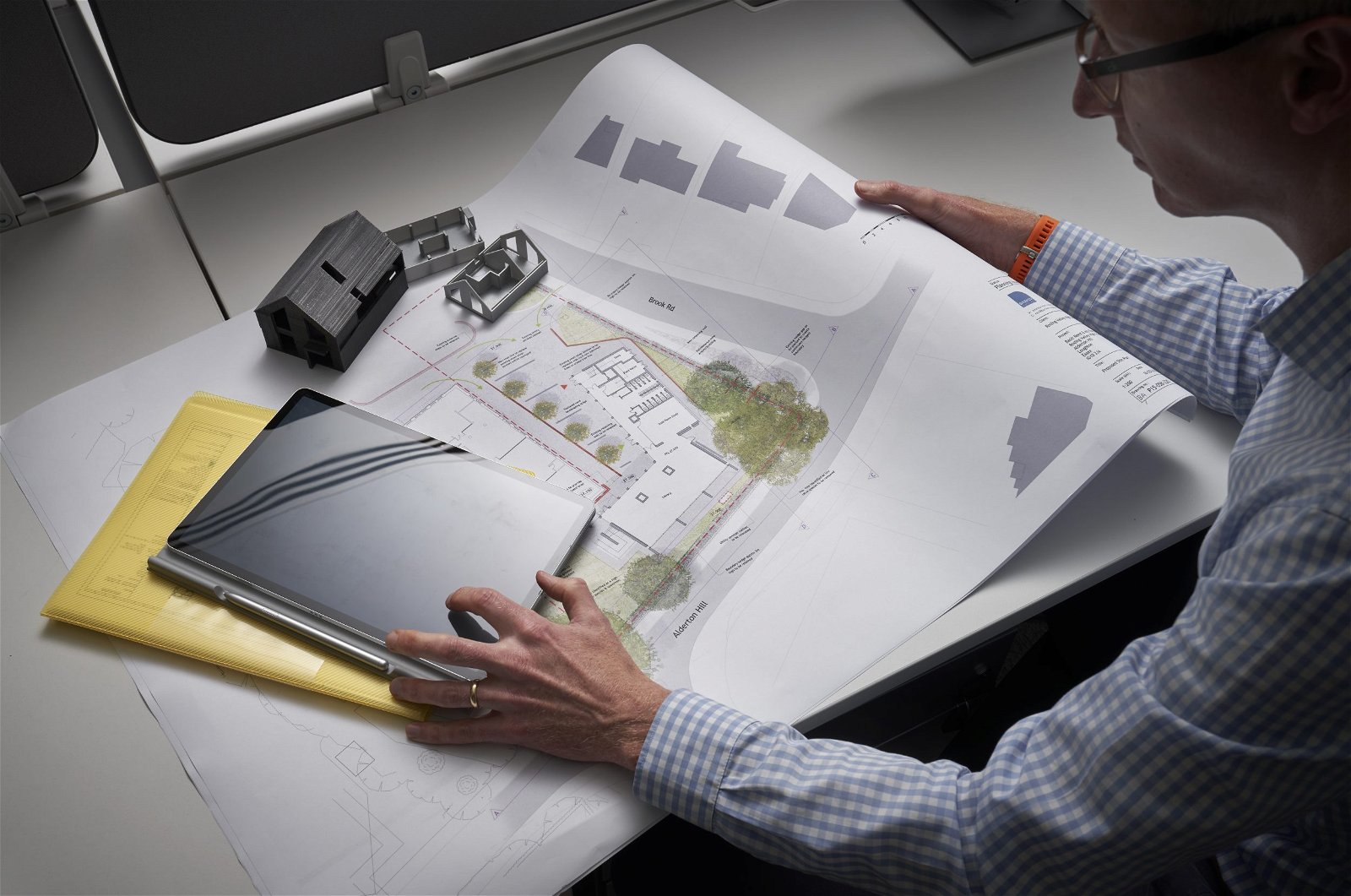
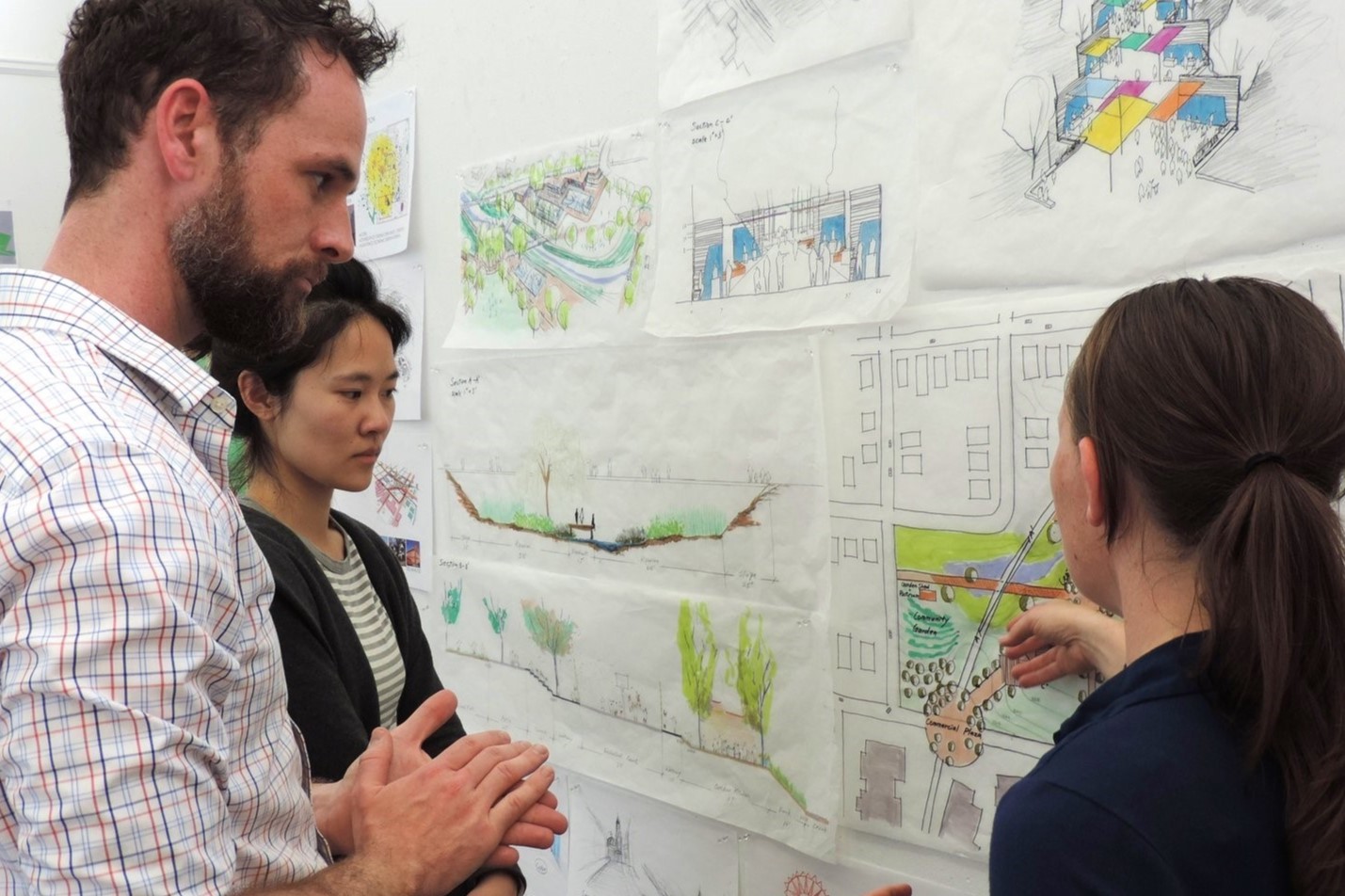

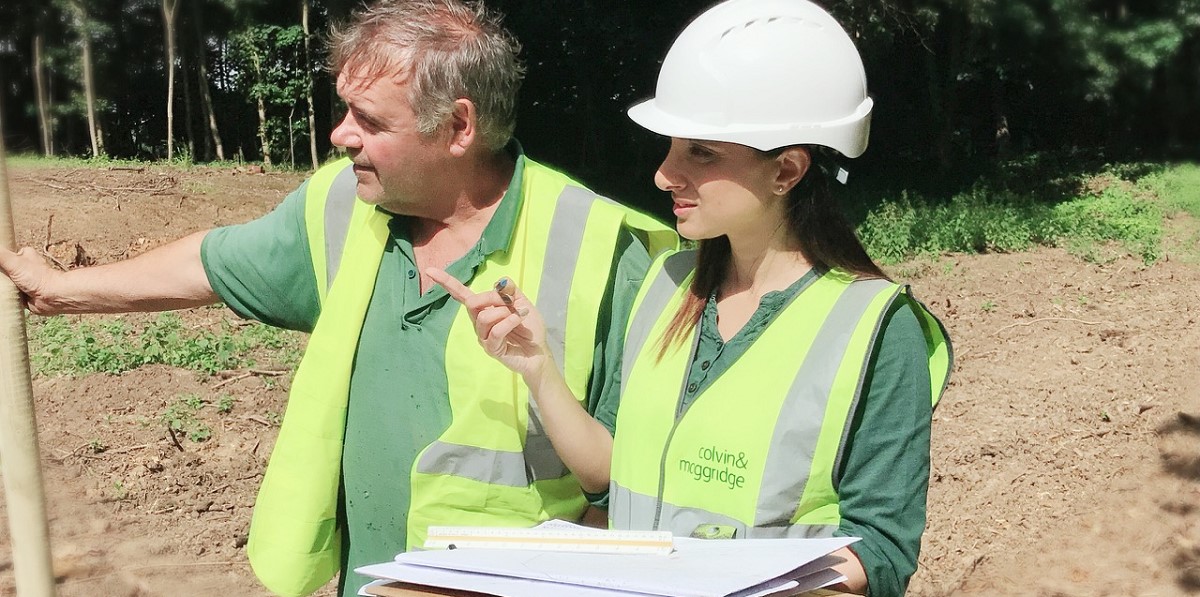
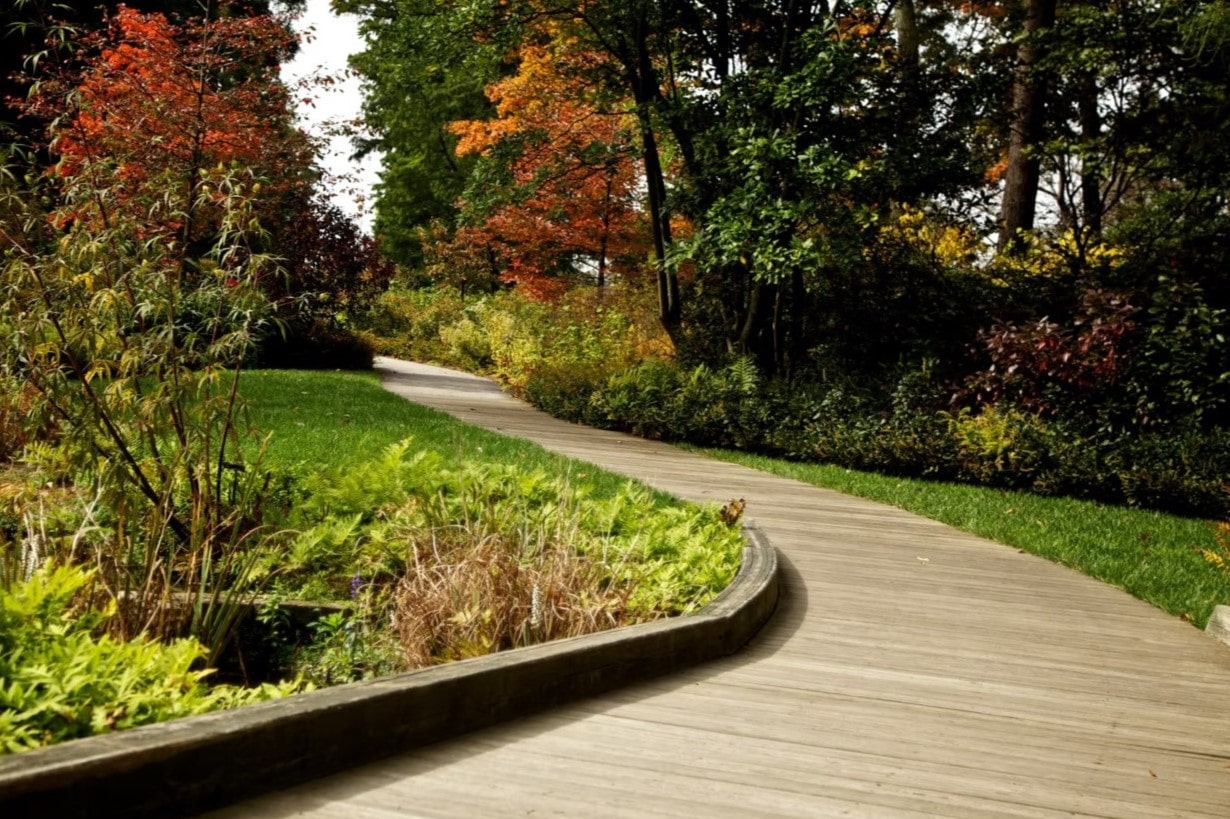

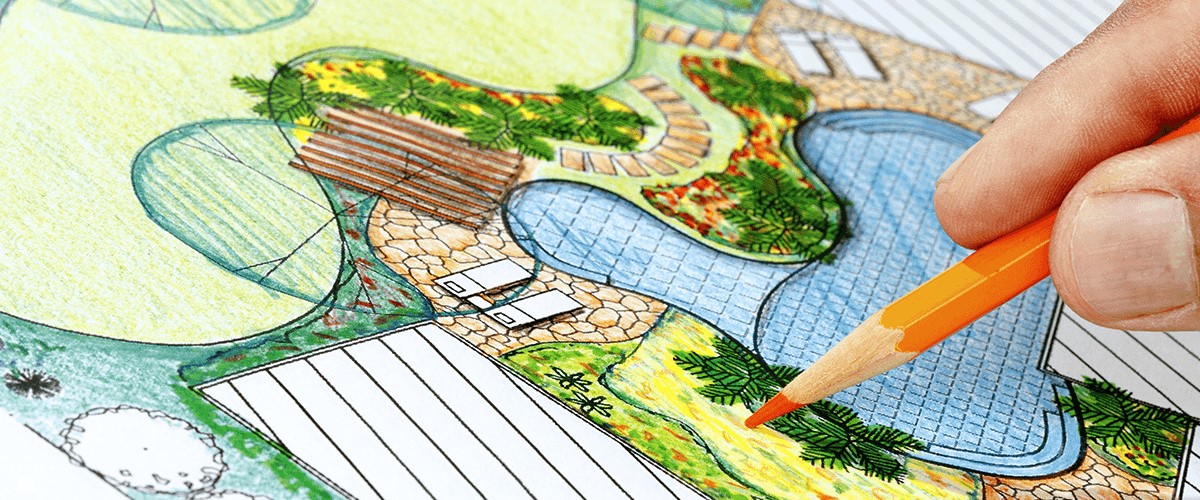


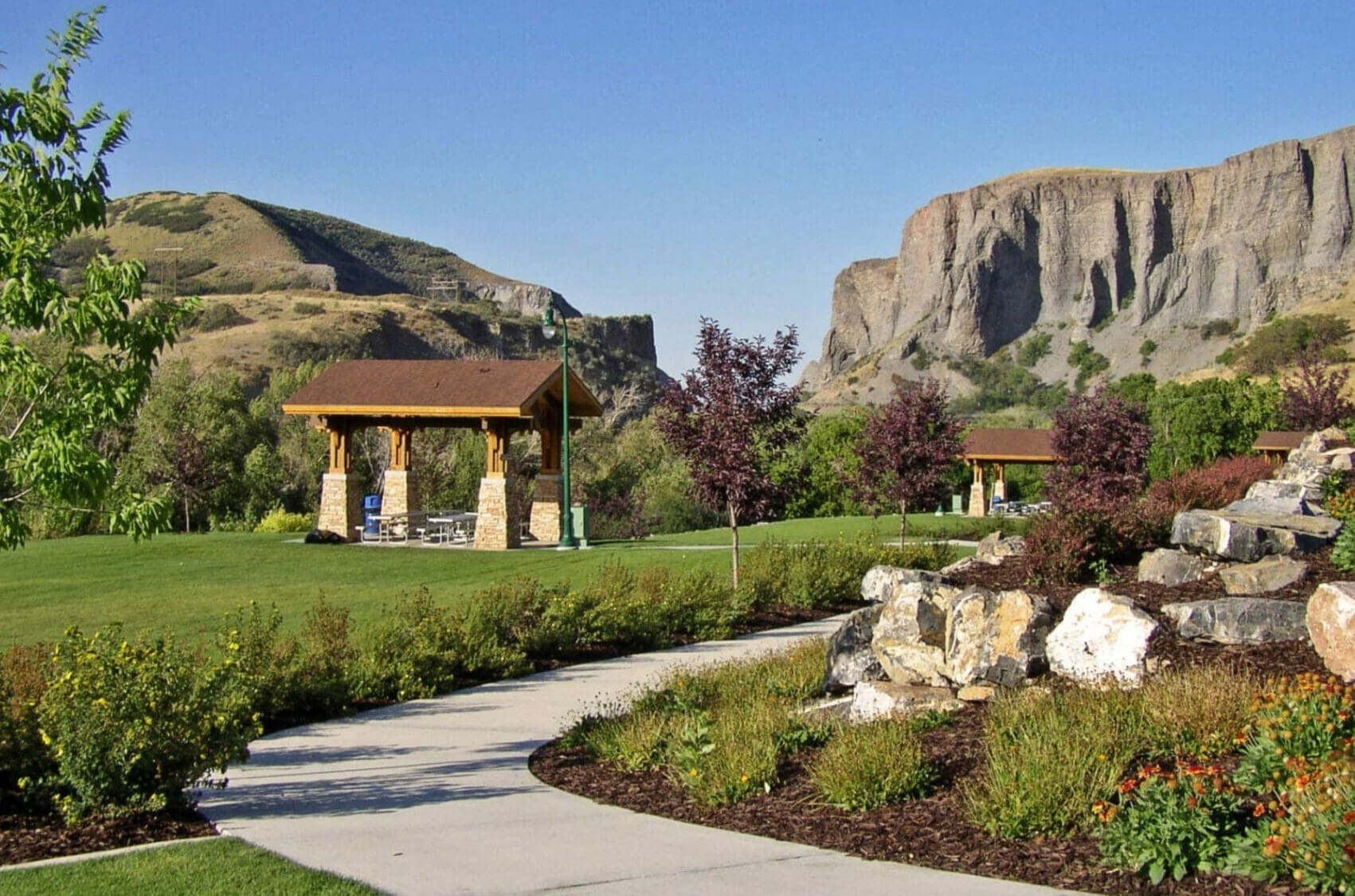




0 thoughts on “What Are The Benefits Of Being A Landscape Architect”